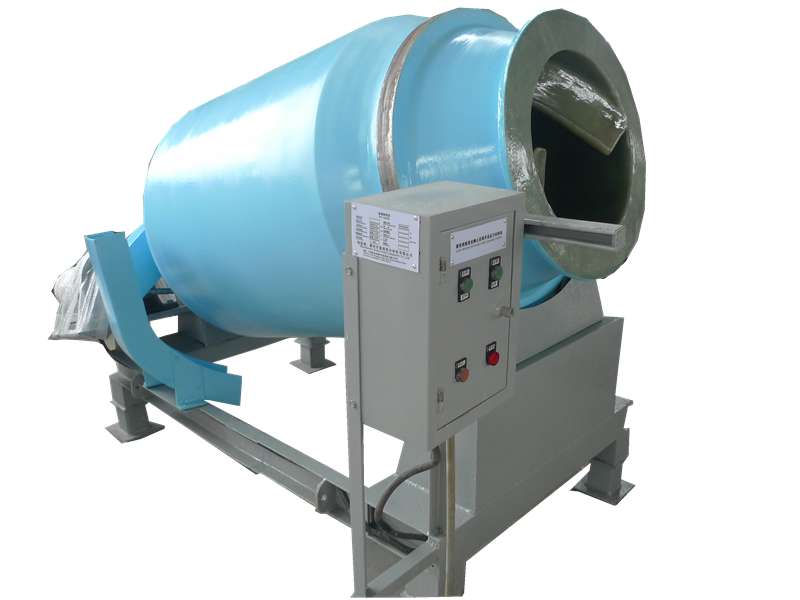
-
 Afrikaans
Afrikaans -
 Albanian
Albanian -
 Amharic
Amharic -
 Arabic
Arabic -
 Armenian
Armenian -
 Azerbaijani
Azerbaijani -
 Basque
Basque -
 Belarusian
Belarusian -
 Bengali
Bengali -
 Bosnian
Bosnian -
 Bulgarian
Bulgarian -
 Catalan
Catalan -
 Cebuano
Cebuano -
 China
China -
 China (Taiwan)
China (Taiwan) -
 Corsican
Corsican -
 Croatian
Croatian -
 Czech
Czech -
 Danish
Danish -
 Dutch
Dutch -
 English
English -
 Esperanto
Esperanto -
 Estonian
Estonian -
 Finnish
Finnish -
 French
French -
 Frisian
Frisian -
 Galician
Galician -
 Georgian
Georgian -
 German
German -
 Greek
Greek -
 Gujarati
Gujarati -
 Haitian Creole
Haitian Creole -
 hausa
hausa -
 hawaiian
hawaiian -
 Hebrew
Hebrew -
 Hindi
Hindi -
 Miao
Miao -
 Hungarian
Hungarian -
 Icelandic
Icelandic -
 igbo
igbo -
 Indonesian
Indonesian -
 irish
irish -
 Italian
Italian -
 Japanese
Japanese -
 Javanese
Javanese -
 Kannada
Kannada -
 kazakh
kazakh -
 Khmer
Khmer -
 Rwandese
Rwandese -
 Korean
Korean -
 Kurdish
Kurdish -
 Kyrgyz
Kyrgyz -
 Lao
Lao -
 Latin
Latin -
 Latvian
Latvian -
 Lithuanian
Lithuanian -
 Luxembourgish
Luxembourgish -
 Macedonian
Macedonian -
 Malgashi
Malgashi -
 Malay
Malay -
 Malayalam
Malayalam -
 Maltese
Maltese -
 Maori
Maori -
 Marathi
Marathi -
 Mongolian
Mongolian -
 Myanmar
Myanmar -
 Nepali
Nepali -
 Norwegian
Norwegian -
 Norwegian
Norwegian -
 Occitan
Occitan -
 Pashto
Pashto -
 Persian
Persian -
 Polish
Polish -
 Portuguese
Portuguese -
 Punjabi
Punjabi -
 Romanian
Romanian -
 Russian
Russian -
 Samoan
Samoan -
 Scottish Gaelic
Scottish Gaelic -
 Serbian
Serbian -
 Sesotho
Sesotho -
 Shona
Shona -
 Sindhi
Sindhi -
 Sinhala
Sinhala -
 Slovak
Slovak -
 Slovenian
Slovenian -
 Somali
Somali -
 Spanish
Spanish -
 Sundanese
Sundanese -
 Swahili
Swahili -
 Swedish
Swedish -
 Tagalog
Tagalog -
 Tajik
Tajik -
 Tamil
Tamil -
 Tatar
Tatar -
 Telugu
Telugu -
 Thai
Thai -
 Turkish
Turkish -
 Turkmen
Turkmen -
 Ukrainian
Ukrainian -
 Urdu
Urdu -
 Uighur
Uighur -
 Uzbek
Uzbek -
 Vietnamese
Vietnamese -
 Welsh
Welsh -
 Bantu
Bantu -
 Yiddish
Yiddish -
 Yoruba
Yoruba -
 Zulu
Zulu
FRP Ductwork Solutions | Durable & Lightweight Ducting Systems
Understanding FRP Ductwork Benefits and Applications
Fiber Reinforced Polymer (FRP) ductwork is gaining significant traction in various industries due to its unique properties and numerous advantages over traditional materials like metal or plastic. This innovative material is composed of a polymer matrix reinforced with fibers, most commonly glass or carbon, which imparts exceptional strength, durability, and corrosion resistance. In this article, we will explore the benefits and applications of FRP ductwork.
One of the foremost benefits of FRP ductwork is its lightweight nature. Compared to metal ducting, FRP is significantly lighter, making it easier to handle and install. This characteristic not only reduces labor costs but also lessens the structural load on buildings. As a result, FRP ductwork can be installed in a wider range of applications without the need for extensive support structures.
Understanding FRP Ductwork Benefits and Applications
In addition to being resistant to corrosion, FRP ductwork is also non-combustible and can withstand high temperatures, making it an excellent choice for high-heat applications. This attribute is particularly beneficial in areas where fire safety is a concern. The use of FRP materials can help meet stringent fire codes, providing peace of mind in commercial and industrial environments.
frp ductwork

Moreover, FRP ductwork boasts excellent thermal insulation properties. This can lead to enhanced energy efficiency in HVAC systems, as it minimizes heat loss or gain during operation. By maintaining optimal temperatures within the ducts, businesses can reduce energy consumption and lower utility costs, ultimately contributing to a more sustainable operational footprint.
The versatility of FRP ductwork extends to its customization capabilities. Manufacturers can tailor the dimensions, shapes, and designs to meet specific architectural and functional needs. Whether it’s a complex industrial setup or a straightforward residential application, FRP ductwork can be designed to fit seamlessly into existing systems.
Applications of FRP ductwork are vast and varied, including but not limited to chemical processing plants, marine environments, food and beverage facilities, and power generation plants. Its ability to perform well in extreme conditions makes it a reliable choice across diverse sectors.
In conclusion, FRP ductwork represents a technological advancement that caters to the needs of modern industries. Its lightweight design, corrosion resistance, fire safety features, and thermal efficiency make it an attractive alternative to traditional ducting materials. As businesses continue to seek innovative solutions that promote efficiency and sustainability, FRP ductwork is poised to play an integral role in shaping the future of industrial and commercial ventilation systems.









